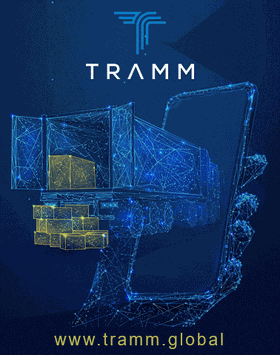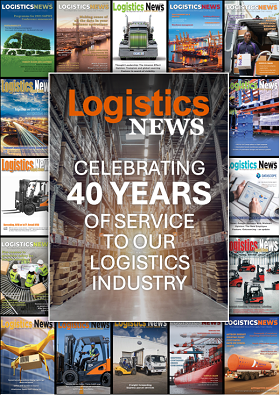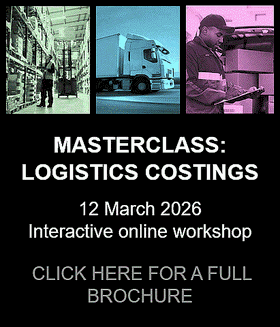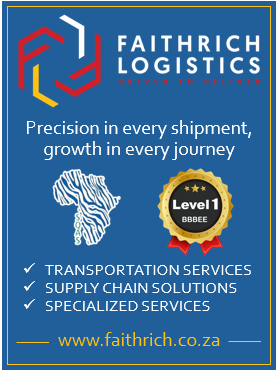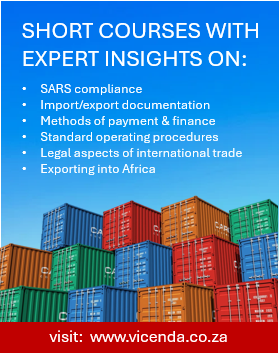As global trade shifts under new tariff regimes, South Africa’s steel sector faces mounting uncertainty. Scott Clarke, Head of Industrials at C. Steinweg Group explains why resilience and agility, not waiting for clarity, will keep steel supply chains moving.
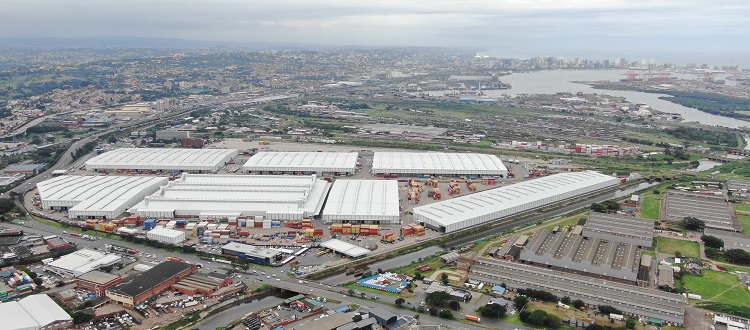
South Africa’s steel sector is at a crossroads – reshaped by tariffs, logistics constraints and shifting trade politics & resulting tariffs. A recent review cites rising WTO-bound rates of up to 30 percent, with new import controls, surveillance and stricter standards. While stainless-steel inputs remain duty-free, scrap, iron-ore and coal exports are under review for curbs. Meanwhile, the United States has imposed a 30 percent reciprocal tariff on South African exports – compounding pressure on an industry already in survival mode.
The effect is a double squeeze few sectors could absorb. Imports are set to fall as costs rise, while domestic mills face fragile energy and transport conditions that test consistency and output. Downstream fabricators that rely on affordable imports are bracing for disruption, and traders are re-routing via alternative corridors.
Headlines shift but the reality doesn’t: volumes don’t pause for politics. With South Africa set to consume ~5m tonnes in 2025, C. Steinweg Group is positioned to manage a significant share — over 1m tonnes across ports, rail, and warehouses. Steinweg’s long game builds on ISO 9001 and AEO-accredited operations, EcoVadis sustainability credentials, CDI safety compliance, and alignment with South Africa’s Steel and Metal Fabrication Masterplan 2030 ensures that customers move through uncertainty with trust, scale and speed.
The real bottleneck is outdated logistics
Steel remains one of the clearest indicators of economic health. Yet, getting it from vessel to end-user is still more complicated than it should be. Durban’s quayside infrastructure is stretched beyond its limits: congestion, outdated warehouse facilities, road bottlenecks, theft and damage risks, and escalating operating costs all add friction. Add rail shortages and intermittent port operations, and the result is a national choke point hiding in plain sight. Customers, meanwhile, expect the opposite – faster splits, higher visibility and lower loss rates.
The industry has evolved but the logistics model hasn’t. That’s where an extensive African network – moving millions of tonnes through the region, with immense yard space under roof – has become a competitive differentiator.
Why vertical solutions matter
Steel is business governed by volume, but also a specialised industry. Imports, exports, billets, stainless for automotive and niche castings all move differently, and there is a common thread that universally slows things down: fragmentation – too many handovers and too much complexity.
By consolidating port operations, warehousing, rail, finance and last-mile delivery under one roof, the system flexes when shocks arrive, establishing resilience — protecting continuity and profit margin.
Back-of-port rethink: practical resilience in action
Durban’s Maiden Wharf is treated as a profit centre by entrenched leaseholders. However, by quickly and safely evacuating cargo from Durban Port and moving it five kilometres to a secure, A-grade facility, Steinweg has turned “back-of-port” from bottleneck into buffer. Here cargo can be handled and stored at the convenience of the importer without the pressure of impending port storage.
Consequently, instead of rushed hours, cargo can be held for weeks. Instead of congestion, trucks are staggered. Instead of exposure, product is stored with world-class security protocols proven on high-value copper and metals – a back-of-port solution that mitigates the associated challenges.
Looking north: Africa’s trade flows
Steel is no longer just Asia to Durban. South African mills are exporting billets to East Africa and Sri Lanka, while imports feed both domestic demand and re-exports into the Copperbelt. Specialty steels for the automotive sector add yet another layer. C. Steinweg already moves more than 100 trains monthly. That reach means customers can adapt, divert cargo, hold it in bond or feed exports - whichever the market demands.
Don’t wait for stability
Tariff reviews, reciprocal duties and shifting trade policy will always generate headlines. But infrastructure gaps cause the real damage. Waiting for certainty is no strategy at all. Resilience has to be built before the next disruption arrives. For the steel industry, move smarter, not harder.


